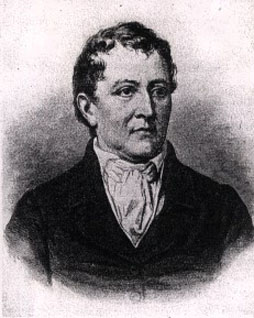History

Carl Wilhelm Scheele
|
Lactic acid has a long history of uses for fermentation and preservation of human foodstuffs. It was first discovered in sour milk by Scheele in 1780, who initially considered it a milk component. The Swedish chemist Scheele first discovered it in 1780, but it was first produced commercially by Charles E. Avery at Littleton, Massachusetts, USA in 1881. Robergs et al. (2004) identify the discovery of lactic acid in 1789 to Carl Wilhelm Scheele, a Swedish chemist. Scheele isolated an acid in sour milk samples. This milk origin led to the naming of this acid to ‘lactic’, which means relating to milk. Continuing with their historical account, Robergs et al. noted that by 1810 chemists had verified the presence of lactic acid in other organic tissues such as fresh milk, meat and blood. In 1833, the actual chemical formula for lactic acid was determined. By 1869, scientists observed different isomers (atomic compounds with different energy states) of lactic acid along with its formation in fermentation reactions. Fermentation is an enzyme-driven chemical change in an organic (has carbon) compound whereby the substance is split into simpler compounds. Since lactic acid is a naturally occurring molecule, originally detected in food products (and with a mild acidic taste), it has and continues to be used to acidify some foods and beverages as well as function as a food preservative. For instance, Robergs et al. note that it is used to help “preserve cucumbers, as an ingredient in brewing and flavouring of beer, an ingredient to make cheese, as a source of calcium (calcium lactate) in baby food, and an ingredient in bread.” |